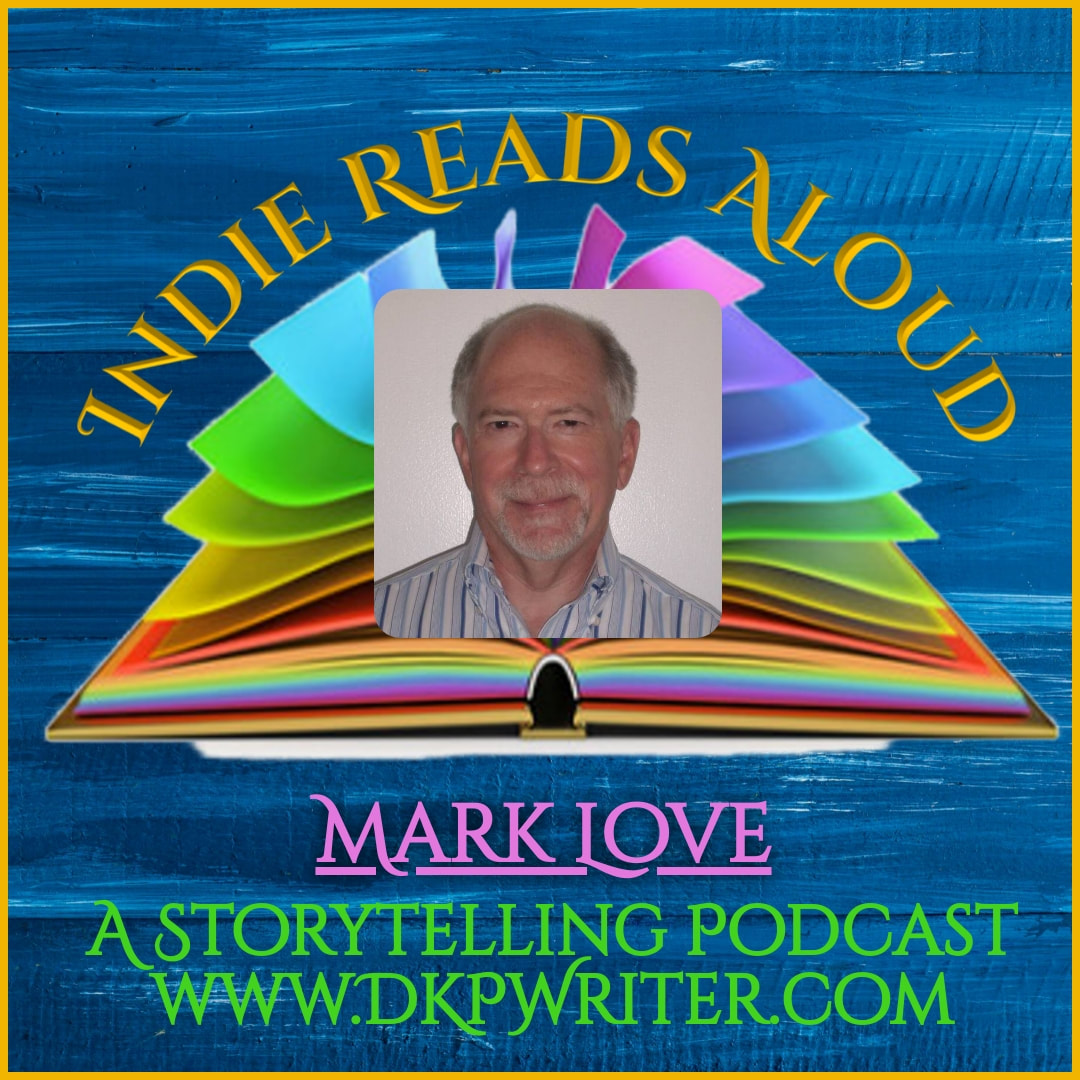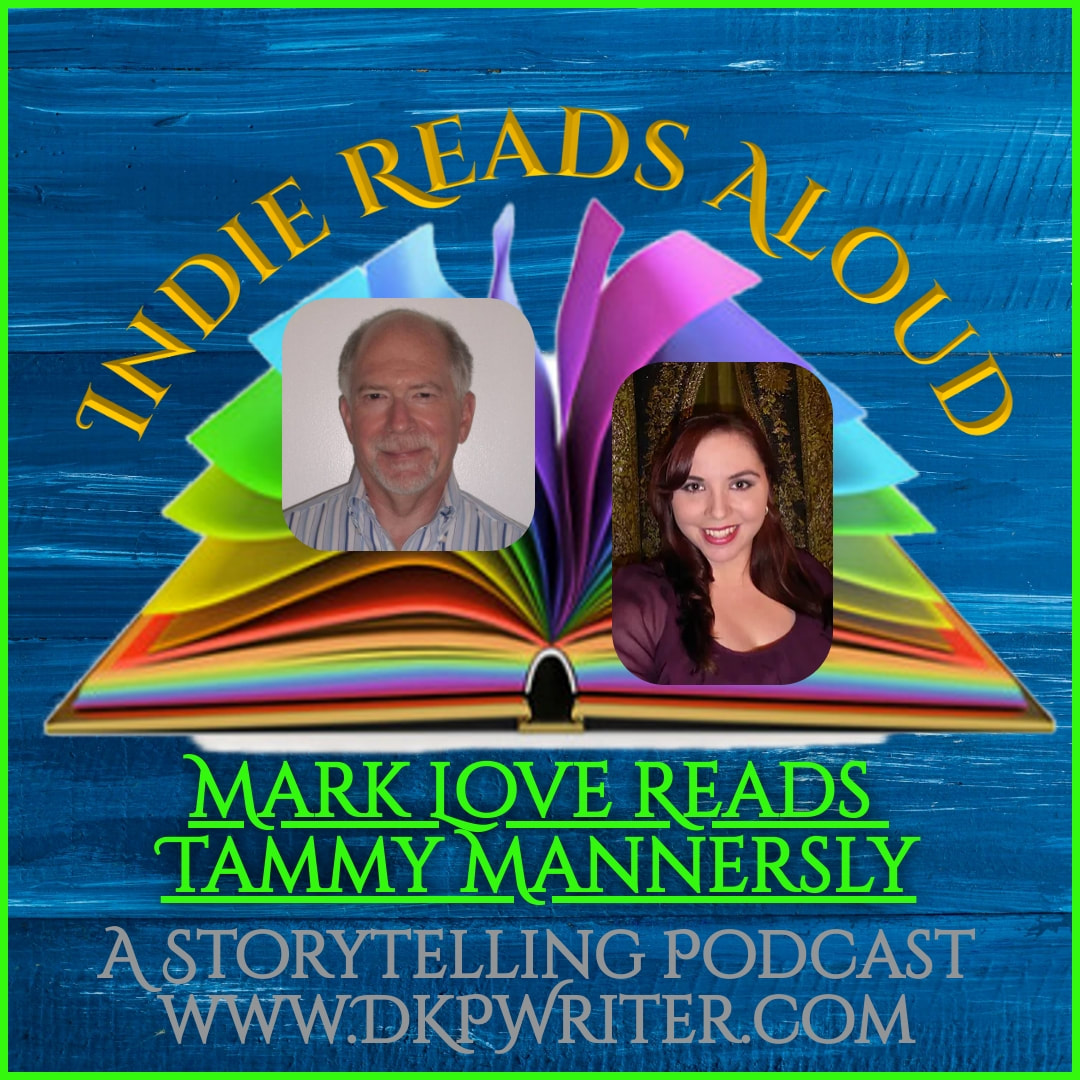|
Nothing seems to slow down in October. Classes are running full tilt, I had one last outdoor festival, writing and promoting demanding my attention, and of course, football. There is something special about my favorite season. So here’s my latest thoughts about writing, events, promotions, a surprise or two and an interview with one of my favorite authors. Let’s rock. Writing During a recent festival, a young man stopped by my booth with a few questions about writing. I’m always happy to talk with fellow writers, at whatever stage they may be in their journey. He was surprised to learn that both of my series are with traditional publishers. “Why don’t you just self-publish? It’s easy and there are no hassles,” he said, shaking his head in disbelief. “There may be some benefits to that path, but I’ve been working with both houses for several years. They provide a great deal of support, such as editing, the artwork for the covers, promotional opportunities and more.” “But they take a percentage of your sales!” “It’s part of the business. I agreed to the contracts when they accepted the manuscripts.” We talked for a bit more, but he wouldn’t be swayed. Which is fine. Everyone is entitled to their own opinion. But before he walked away, I gave him one more aspect to consider. “When I submit a manuscript to the publisher, there is no guarantee they will accept it. Even though I have several books already published with each house. There is a definite thrill when I get the letter of acceptance and the contract. That’s verification that someone else, someone with experience in the publishing industry, finds value in my books. You don’t get that when you simply upload the story to Amazon and publish it yourself.” He gave me a ‘who cares’ shrug and walked away. But not before buying a copy of one of my books. Every writer needs to make their own choices. Going the self-published route may lead you to hire someone to do the artwork for the cover. You could spend money on an editor and hopefully, get one who is experienced and can help polish your manuscript. Or maybe you can do it all yourself, assuming potential readers won’t care about a mistake here, an inconsistency there. But readers are savvy. They will hold your feet to the fire if you change a character’s name in the middle of a story. Or have errors sprinkled throughout. Or maybe they don’t even finish your book, let alone leave you a review. Perhaps they’ll never buy another book from you. These are all the things you need to take into consideration. Because readers who enjoy your books will come back for more. Here’s an example of that. During my last outdoor event of the season, I returned to Dowagiac, a small city in West Michigan. I was there for a festival earlier this summer and met a lot of great people. On Friday, I received a message from Laura, who had become captivated with the Jamie Richmond series. Laura had bought the first book from me at another event. She then bought the rest and wanted to bring them to me for autographing. Not a problem! While I was signing these, she read the back cover of “Why 319?” the first book in the Chene series. Laura picked up a copy of that one too! An hour later, Joann approached. She’d bought “Stealing Haven” and “Why 319?” at the summer event. Now she was back for more. She grabbed copies of “Your Turn to Die” and “Chasing Favors”. While I take credit for writing these stories, the support of Inkspell Publishing and Wild Rose Press is important to me. It’s a team effort. A Special Feature For a couple of years now, I’ve been doing podcasts related to my books. It’s a great way to talk about my stories, sharing details about my characters and the writing process. I have become a frequent voice on the Indie Reads Aloud podcast. So far, I’ve read scenes from all three Jefferson Chene mysteries and all the Jamie Richmond mysteries with the exception of “Fleeing Beauty”. This podcast is fun. Diana, who hosts the show, enjoys chatting briefly with the authors, then sitting back and hearing them read. I’ve encouraged other authors to come join the party. But stepping up in front of the camera or microphone isn’t for everybody. Tammy Mannersly writes wonderful stories set in Australia. I’ve had the pleasure of reading several of her tales. Despite my encouragement, Tammy begged off, insisting she is too shy for such efforts. There had to be a way to let more people know about her books. That’s when inspiration struck. It took less than a minute to convince Diana. I would read a couple of scenes from one of Tammy’s stories. It was just that easy. Tammy was thrilled at the idea. When I asked her to pick out a couple of specific passages from her book “Drawn to Him”, she quickly declined. Tammy felt comfortable letting me choose what to read. Which was a problem. Because I only had twenty minutes of airtime. There were just too many good parts to choose from. Eventually, I got it worked out. Diana did her usual excellent job with the recording and making me sound good. Tammy’s book did the rest. Interested? You can give the show a listen or watch it on YouTube by following one of these links. Spotify: https://tinyurl.com/mumn8b7f YouTube: https://youtu.be/VOKo8XXg04U Events While the outdoor festival season has drawn to a close here in Michigan, there are still a few indoor events on the horizon for me. The biggest one I’m looking forward to will be held on Small Business Saturday, just two days after Thanksgiving. This one looks especially promising. There will be 40 authors gathered, covering a multitude of genres. Books make excellent gifts, especially around the holidays. Here’s your chance to get autographed copies of your next favorites. I have no doubt there will be an abundance of swag and giveaways. Mark your calendars and come join the party. You'll have plenty of books to choose from. Author interview It was at a book festival years ago when Don Levin and I met for the first time. It must have been inevitable. We both write mysteries set in the metropolitan Detroit area. With our shared passion for creating engaging stories, distinctive memorable protagonists and a peek behind the curtain at some of the dark passages of Motown, it’s no wonder we immediately connected. Recently Don’s shifted his focus to historical fiction. It’s definitely time to shine the spotlight on him. Tell us something about yourself and how you became an author. I’m a retired professor of English and dean of faculty, now writing full-time. Before I joined academia, I was a professional writer and editor. I always wanted to be a writer. When I came of age in the sixties, the ones whom I thought were doing the heavy lifting in literature were the novelists . . . Tolstoy, Joyce, Bellow, Malamud, Austen, Twain, George Eliot, the Brontes. So I wanted to write books; that’s the conversation I wanted to join. I had nothing against poetry, but I always saw myself working in the long form. And that’s what I’ve done. I made several detours along the way (at several points I gave up entirely, thinking this fiction writing business isn’t for me) (or more accurately, this fiction writing business doesn’t want me). Even in the depths of my despair over ever being a novelist, I always wrote for a living—speeches, grants, video scripts, and so on—so I was always polishing my craft and learning good work habits. Finally, I figured out that my so-called success (or lack thereof) as a novelist didn’t matter . . . I enjoyed writing—more: I needed to write, felt compelled to create fiction—and dammit I was going to do it even if nobody read a word I wrote. It hasn’t been easy or smooth, but to paraphrase a certain politician: nevertheless, I persisted. Do you ever imagine one of your novels being made into a movie or television series? The short answer is: no, but if Spielberg’s people call my people about a miniseries, I’d take the call. The longer answer is: I’m perfectly content having these stories exist just as they are, as books. My father was in the movie business as a film distributor (the middleman between the producers, the people who make the movies, and the exhibitors, the theatre owners who show the movies). I saw up close what a backstabbing, crapshoot, bottom-line business it all is, and I have no desire to be a part of it. As the screenwriter William Goldman said, in the entire motion picture business, nobody knows anything. I’ll stick to novel writing, where at least I can keep some control over my work and I can be certain it will be published. Any favorite actors you’d cast in the lead roles? Even though I just said I don’t want to be part of the movie business, it’s still fun and sometimes useful to visualize real actors as my characters. I was at a book club talking about one of the Martin Preuss books, and this question came up. Someone suggested Ethan Hawke as detective Martin Preuss, and that struck me as a good call. For the Detroit history series, I was casting the roles in my mind so I could have a physical model for the characters. For Clarence Brown, a young Ernie Hudson would be perfect; for Elizabeth Waters in Savage City, Saoirse Ronan (though she’s a bit young), and in The Arsenal of Deceit, Keri Russell; for Ben Rubin I imagined Andrew Garfield; for Denny Rankin, I had Michael Shannon in mind; and for Eva Szabo, a young Mila Kunis. It may seem like I’ve done a lot of thinking about casting for someone who doesn’t want his books filmed, but visualizing the outward appearance of the characters helps me to fill in their interior life. I’m usually careful not to describe characters too much so readers can imagine how they want the characters to look. What is your writing process? For instance, do you do an outline first? Do you write the chapters in sequence? When I wrote the first Preuss book, Crimes of Love, I began with an outline. I figured out what would happen where and when. I was very organized, and seemed like it would generate an interesting book. I deviated from it almost immediately. By the end of the first week of writing, I had thrown the outline out entirely. At that point I learned that the only way I could stay interested in the book—and therefore the reader would also have a chance of staying interested—would be to make it up as I went along. I pretty much have the process figured out by now (for me, that is; we all have our own methods). With a general sense of a possible narrative arc and possible cast of characters, I write scene-by-scene, from beginning to end. As the book develops, I start to look ahead three or four or more chapters, but I always keep it flexible so I can go wherever the plot and the characters take me. My one rule (aside from no outlines) is something I learned from Hemingway: always stop your day’s writing at a point where you know what will happen next so you don’t have to start with a blank page the next day. So my final day’s writing is always NEXT: and then a brief description of what will happen next. I don’t edit as I go along, though I do read the previous day’s work to get back into the flow. My goal in the first draft is to get it written. After that, everything’s up for grabs. I work on my laptop; once I write through to the end of the draft (usually a four-month-long process), I print it out and then begin the rewrites. I’ll do that four or five times; each rewrite takes about a month. I’m always amazed by people who tell me they never rewrite because they get it right the first time. I’m constantly rewriting and revising; by the end of the process, when I’m ready to send it to my editor, I will have revised every sentence in the book at least once and usually several times. ell us a little bit about the characters in your latest book. The new book, The Arsenal of Deceit, follows four characters who unite against the treachery that threatens Detroit, America's "arsenal of democracy," on the brink of WWII. Of the main characters, two are new and two return from Savage City: Eva Szabó is a young Jewish immigrant from Hungary who goes undercover at the Ford Rouge Assembly plant to expose the company's campaign of anti-union violence. Her boss, private investigator Elizabeth Waters, infiltrates Detroit's pro-Nazi, Christian nationalist fifth column groups. Elizabeth appears in Savage City. Detroit police detective Clarence Brown, part of a segregated squad of Black officers, uncovers a conspiracy to ignite racial violence across the city. Clarence also appears in Savage City. And Detroit police detective sergeant Denny Rankin seeks the links between them all to atone for his part in Detroit's widespread corruption scandals. Do the characters all come to you at the same time or do some of them come to you as you write? I usually start out with a general sense of the main characters, and a possible narrative arc. Then as I write, and the book “unfolds” itself to me (that is, I start to understand what the book is about—which sometimes doesn’t happen until the second or third drafts), the characters, too, unfold themselves to me . . . I figure out who they are, where they’ve been, where they’re going, what they’re going to do in the book, and so on. Everything is fluid while I’m writing; I sometimes wind-up deleting characters, combining them, creating new ones, and constantly naming and renaming them What is your latest book about? The Arsenal of Deceit is the second novel in my projected Detroit Quartet series, a follow-on to the first book, Savage City. Set in the City of Detroit in 1941, the new novel takes on home-grown fascism, Christian nationalism, racism, anti-Semitism, and political corruption--all actual problems of the time, as well as critical concerns we face today. Indeed, the novel aims to recreate a rich historical period with chilling parallels to our own time: violence and bloodshed in the name of race and class, governmental corruption, corporate greed—much of it related to or caused by the deeply rooted fascism which is alive and well in today’s time as well. Can you share an excerpt too? With pleasure. Here’s the opening section of Chapter 1. One after another they come, limping in or carried, as regular as the cars turned out by the great American industrial giant. Eva Szabó registers them in the order they arrive: The operator who smashed his hand in the Foundry Machine Shop. The electrician from the Motor Building who collapsed after a twelve-hour shift. Two men who were hit by debris from an explosion in Blast Furnace C. Several others with burns from the blast. The carpenter who fell off a scaffold in the Administration Building. The man brought in when a swinging crane caught him in the back near the Sand Storage area. And now, the latest case, the man who hops in, his right foot wrapped in a bloody apron. Another man props him up. “What happened?” Eva asks him. The guy with the bad foot can’t speak; he’s dazed, like he’s in shock. The other guy says, “A sheet of glass fell on his foot.” Nadine Denton pushes a wheelchair behind the injured man. “You,” she says, tapping his shoulder, “sit.” He falls into the chair. Nadine says, “See this young lady?” She points at Eva. “She’ll check you in. Then we’ll see what’s what.” Eva records the date (March 31, 1941), the worker’s name (Chester Kowalski), his department (Glass Plant), badge number, description of the injury, and how it happened. Nadine wheels him back to an examination room. “You can get back to work,” she lobs over her shoulder at the injured man’s helper. Who tosses a wink at Eva and leaves. Before the next injured worker comes in, the phone rings. “After you get that,” Nadine calls, “find one of the Marys to give me a hand.” “Will do.” Nadine Denton, the head nurse. Two other nurses are both named Mary. Nadine calls them One and Two. Nadine’s not the most pleasant cupcake, but she’s tough and she knows what she’s doing. Eva is the receptionist of the Ford Rouge Assembly plant hospital’s First Aide Clinic. She’s new, barely three weeks in. The plant has its own on-site hospital to care for the injuries plant workers sustain. It’s convenient for non-severe injuries so a worker can return to the job and complete the shift. On the phone is a secretary from the Administration Building. One of the other secretaries fainted. They want a nurse to come over and check her out. Eva looks for the Marys but they’re both tied up with patients. She goes to tell Nadine about the phone call. Nadine and a doctor are working on the man from the glass plant. Nadine has cut his boot and sock off. The foot‘s a bloody mess. “We can’t spare nobody,” she says. “I can do it,” Eva says. Nadine looks at Eva like, You?! “You have your hands full here,” Eva says. “The desk is quiet. I’ll run over, see how she’s doing. If it looks serious, I’ll come back and get you.” Nadine mulls it over. “Suppose it’s not a good idea to keep the bosses waiting,” she decides. “I think so, too.” “Fine. But make it snappy. She’s probably pregnant and missed her breakfast. Just needs to lie down for a while.” “Got it.” “Before you go, call a meat wagon for this guy. We can’t do nothing for him here. Foot’s like ground chuck. He needs to go downtown.” Whoever needs more medical attention than the plant hospital can provide goes to Sidney Sunby Memorial Hospital in River Rouge, or, if they are really bad, like this guy, downtown to Henry Ford Hospital or Receiving Hospital. What’s the next project you’ll be working on? Next up is the third book in the series, to be set in the 1950s. I’m just at the beginning of the process of research and thinking about that book. Where can readers find your books? Readers can buy the book through my website, www.donaldlevin.com; through Amazon in both paperback and Kindle, https://www.amazon.com/Arsenal-Deceit-Donald-Levin-ebook/dp/B0C9P2J14W?ref_=ast_author_dp; online at Barnes and Nobel https://www.barnesandnoble.com/w/the-arsenal-of-deceit-donald-levin/1143620552?ean=9780997294194; or ordered through your favorite bookstore. MUSIC
In addition to his talents as a writer, I know that Don is also an accomplished guitarist. One of my favorites who keeps cropping up on my sound system is Eric Clapton. Clapton has been performing since 1962. A mixture of rock and blues styles, he has been a part of multiple bands and has a distinguished solo career as well. Clapton has been inducted into the Rock and Roll Hall of Fame three times, once as a solo artist and twice as a member of The Yardbirds and the band Cream. Clapton has been called one of the top 100 guitarists of all time by Rolling Stone Magazine. Here are my top five favorites Motherless Children: https://youtu.be/h9d2ZeAvBgA?si=vOc5K1wgUqcoT8rY Tulsa Time: https://youtu.be/hsGAA3cDSlo?si=pZZjCkMx1K0aa8RQ Pretending: https://youtu.be/zm2PvnM7Vds?si=PoLWZN8T__909W-b Change the World: https://youtu.be/x11NA63gLDM?si=yOB_MXyZIrRS4lMM Tears in Heaven: https://youtu.be/fvVqPi92CcY?si=hWp8vkLbSEQbam_r
0 Comments
Leave a Reply. |
New Release
Archives
July 2024
Categories
All
AudioRules of Desperation
Stealing Haven Why 319? The Wayward Path Devious Vanishing Act Your Turn To Die Chasing Favors Fleeing Beauty Mighty Books
Dear Writer Portage District Library Pages Promotions Summer 2020 Virtual Book Festival She Blurbs Podcast Instant Story Hour Podcast |



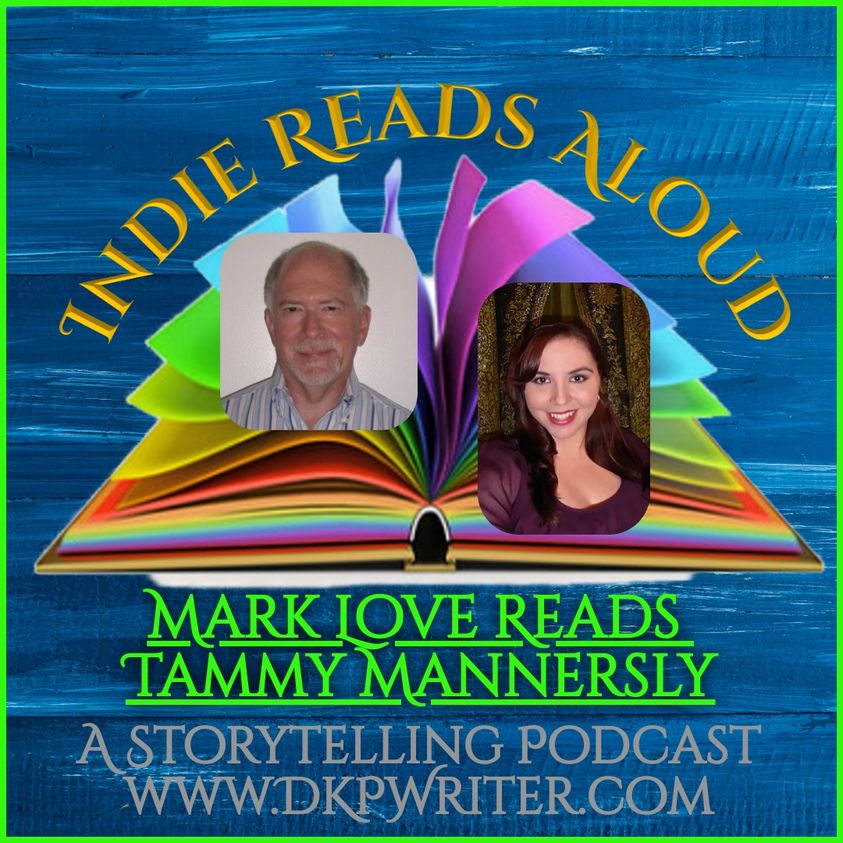
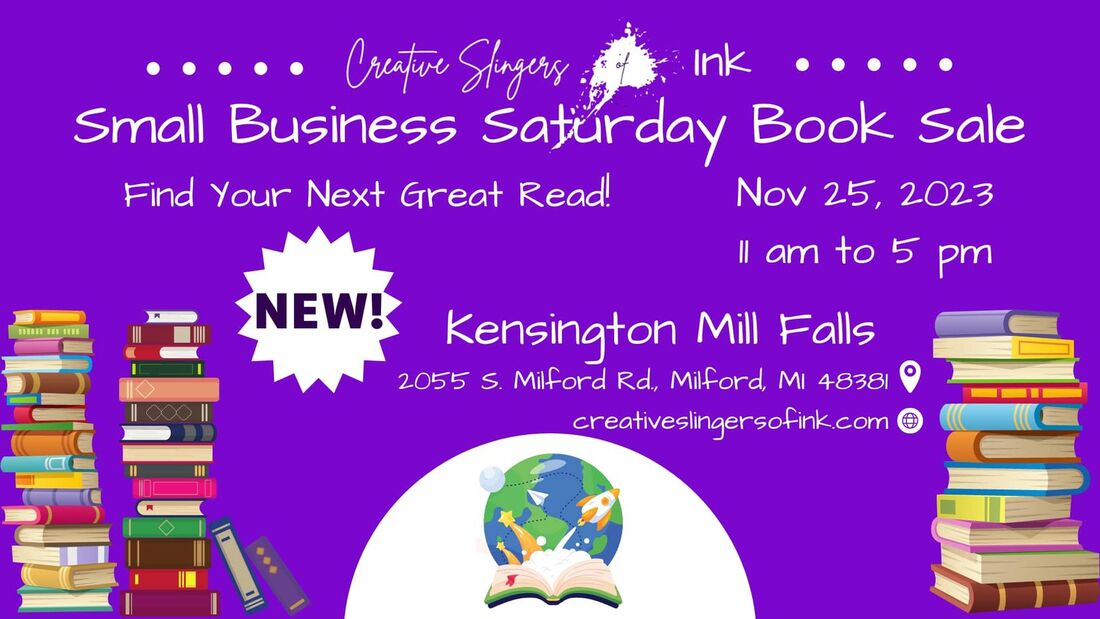

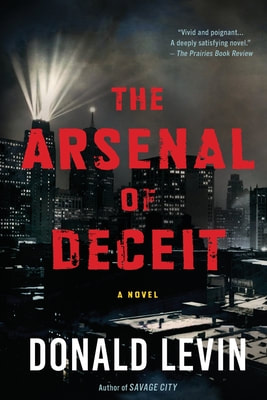

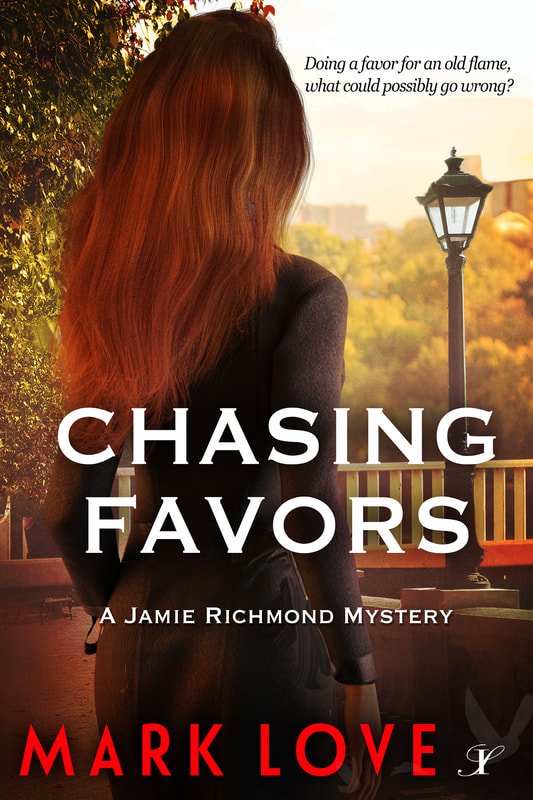
 RSS Feed
RSS Feed
